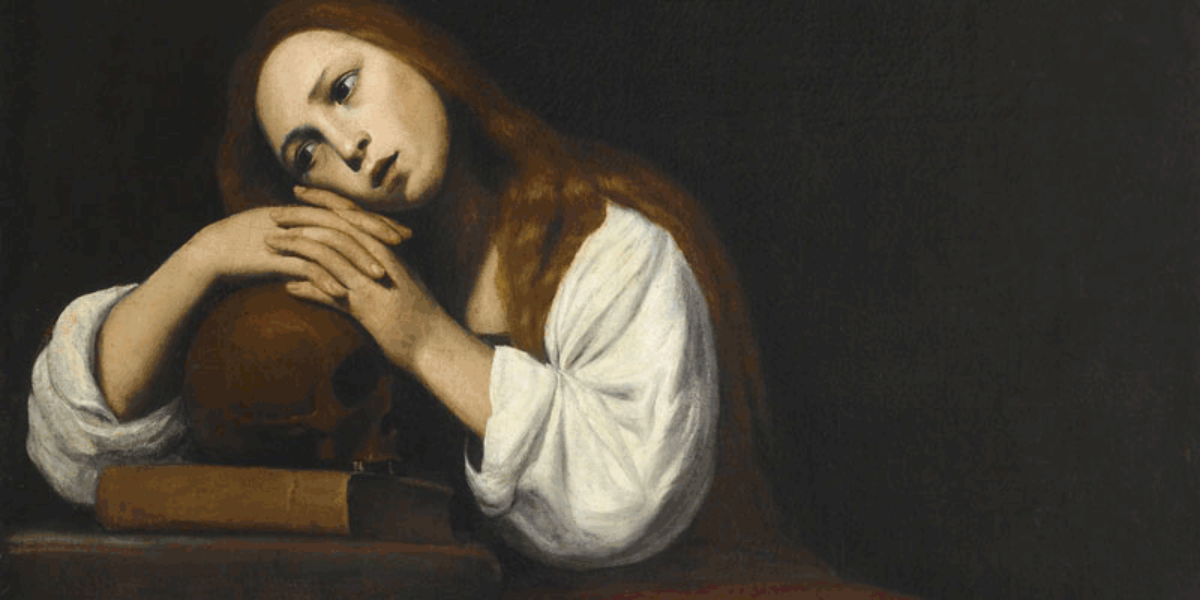Painters depict Mary Magdalene as
prostitute-turned-penitent. The Gnostic Gospel of Philip showcases her as the
one Jesus loved more than all the other disciples. The Da Vinci Code fantasizes her as Jesus’ wife and mother of his
children.
Biblical scholar Philip H. Towner, PhD, says there’s a sharp
divide between what we know about Mary Magdalene from the Gospels and what has
been written about her in manuscripts dating from 200 AD to the early 4th
century.
These manuscripts, which belong to the broad category of New
Testament Apocryphal writings, reflect various interests and theological
ideals. Some of the writings expand the Jesus tradition given to us from the
four canonical Gospels. And in some cases, they try to shed light on compelling
figures, such as Mary Magdalene.
This has spawned all types of speculation about Mary, much
of which falls into the category of “fantastic legend,” says Dr. Towner, executive
director of the Nida Institute for Biblical Scholarship.
So what do we really know about this devoted follower of
Jesus?
For the answer, Dr. Towner turns to the four Gospels of the
New Testament, which are the authoritative sources for helping us understand
Jesus, his ministry and the people who followed him.
In the Gospel of Luke, chapter 8 verse 2, we learn that
seven demons were cast from Mary Magdalene. We also learn that she came from
Magdala, a place with a seedy reputation.
“Roman soldiers were there, as well as people of mixed
races,” explains Dr. Towner. “As far as the Jews were concerned, Magdala was
considered an unclean place.” This geographical note may have played a role in
Mary’s portrayal as a prostitute, although Luke makes no such suggestions.
It’s more likely that Mary Magdalene was equated with the
woman in Luke 7:36-39, whom the Pharisees describe as a “sinner.” But Dr.
Towner says the two women, in all likelihood, are not the same.
In examining the other Gospels, Dr. Towner says that Matthew,
Mark and John provide different reflections about Mary Magdalene. Nevertheless,
all four writers agree on who she was: A faithful follower of Jesus, who
accompanied him to Jerusalem and witnessed his death, burial and resurrection.
“Mary Magdalene is the one who provides a continual witness
to all these events,” says Dr. Towner. “This alone sets her apart. No one else
in the Gospels experienced what she experienced.”
As to why so much legend is spun about her, Dr. Towner
believes it’s a desire to know more. “There’s a need for people to answer the
unanswered questions provoked by gaps and tantalizing details in the Gospels. There’s
a real sense of spiritual hunger behind much of the development of these
traditions. I don’t believe it’s a desire to corrupt the Gospels so much as it
is a desire to know more.”
The Gospels do not portray Mary as a harlot, wife or secret
lover. Instead, they reveal who she truly was: a faithful Galilean woman
captivated by Jesus’ love, mercy and compassion. Once in his presence, she
could not help but follow him.
And follow him she did–until the very end of his earthly
life and beyond.





